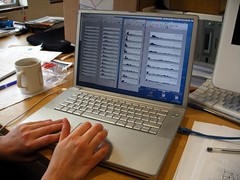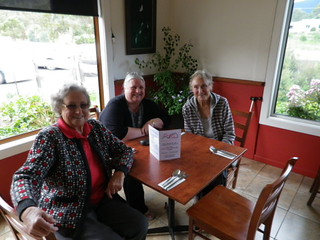
Photo Credit: Anders Sandberg via Compfight
We are now into week 3 of the family history course and we are about to start planning our major research. As I listened to Dianne Snowden’s lecture about repositories and records, I made some notes and here they are.
What is a repository?
Library, archives, museums, family history society
Cora Num’s website has lots of links to different repositories and record sites globally and locally
Some examples of Australian repositories
National Library of Australia –includes online catalogue to search, eResources and link to Trove – digitized newspapers
National Archives of Australia – Commonwealth government records from 1901, defence records, photo search, name search
State archives – state Government departments
- Tasmania – LINC – Tasmanian heritage records
- Victoria – archives
- New South Wales – archives
- Queensland – archives
- South Australia – archives
- Western Australia – archives
- Australian Capital Territory – archives
- Northern Territory – archives
Repositories including other countries
Australian Joint Copying Project – material from Australia, NZ and Pacific from 1560 to 1984
Family Search – put together by members of the Church of Jesus Christ of Latter Day Saints
List of family history societies in Australia from Cora Num website
Federation of Family history societies in UK
Ancestry – where we will get a one month access soon
Other record sources
- To make the most of your research time, you need to know what is kept where. Always do your homework – what are you looking for and where will you find it
- Reminder that an index is only a guide – find copy of original record
- Information only as accurate as the informant gives eg relative better than funeral director
BDM records and indexes – start with yourself and work backwards
FreeBMD – UK site
Graham Jaunay has a guide to what you will find on BDM certificates in each state of Australia
Cora Num – lots of links for Australia BDM records
Electoral Rolls and census records in Australia
Photographs – Jane Shrimpton blog on dating photos
To my readers:
What other record sources have you used especially if it is for countries other than Australia?

